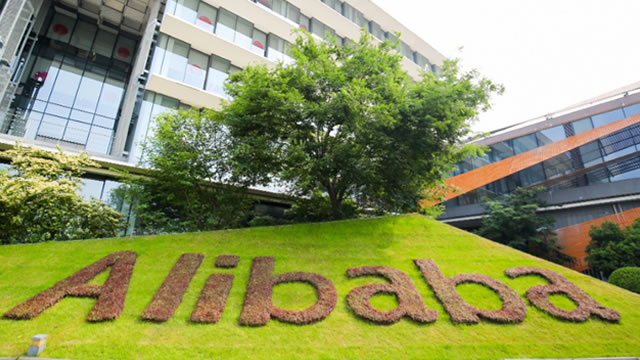Navigating Market Volatility: A Shift in Investor Sentiment
As the economic landscape continues to evolve, market uncertainty and volatility have become the new norm. Amidst this environment, investor sentiment is undergoing a notable shift. While high-growth sectors, such as technology, semiconductors, and artificial intelligence (AI), have long held the spotlight, defensive and value-oriented sectors are now beginning to outperform.
Defensive Sectors on the Rise
Defensive sectors, which traditionally include industries like healthcare, consumer staples, and utilities, are becoming increasingly attractive to investors. These sectors tend to perform well during economic downturns, as people continue to require essential goods and services, regardless of broader market conditions.
Value-Oriented Stocks Gaining Traction
Value investing, an investment strategy focused on buying stocks that appear to be trading for less than their intrinsic value, is also experiencing a resurgence. With market volatility on the rise, many investors are seeking out undervalued stocks in the hopes of capitalizing on potential price appreciation.
High-Growth Sectors Under Pressure
Conversely, high-growth sectors, particularly technology, semiconductors, and AI, have faced increased pressure in recent months. These sectors had performed exceptionally well in the wake of the pandemic, as people relied on technology to work, learn, and connect. However, as market conditions shift, investors are becoming more cautious, leading to a pullback in these areas.
Personal Implications
For individual investors, this shift in market sentiment may mean reevaluating your portfolio to ensure it remains aligned with your risk tolerance and investment objectives. If you have a heavy allocation to high-growth stocks, you may want to consider diversifying into defensive and value-oriented sectors to help mitigate risk. Conversely, if you have a more conservative approach, this could be an opportunity to add to positions in sectors that are currently outperforming.
Global Impacts
On a larger scale, this shift in investor sentiment could have significant implications for the global economy. A rotation away from high-growth sectors could lead to a slowdown in innovation and technological advancement, potentially hindering long-term economic growth. However, a focus on defensive and value-oriented sectors could help stabilize markets and provide a more stable foundation for economic recovery.
Conclusion
As market conditions continue to evolve, it’s essential for investors to stay informed and adapt their strategies accordingly. While high-growth sectors have long been the darling of the investment world, defensive and value-oriented sectors are now taking center stage. By understanding these trends and their potential implications, you can make informed decisions that help you navigate market volatility and achieve your long-term financial goals.
- Defensive sectors, such as healthcare, consumer staples, and utilities, are outperforming as market volatility increases.
- Value investing is experiencing a resurgence as investors seek out undervalued stocks.
- High-growth sectors, including technology, semiconductors, and AI, are under pressure as investor sentiment shifts.
- Individual investors should consider reevaluating their portfolios to ensure they remain aligned with their risk tolerance and investment objectives.
- The global economy could be impacted by this shift, with potential implications for innovation and long-term economic growth.





